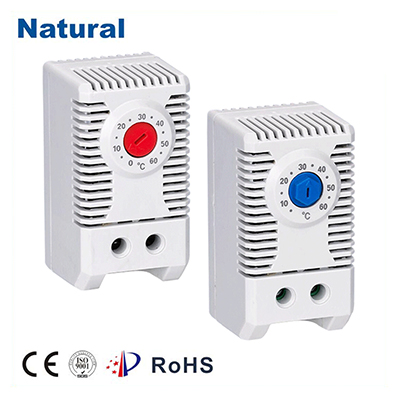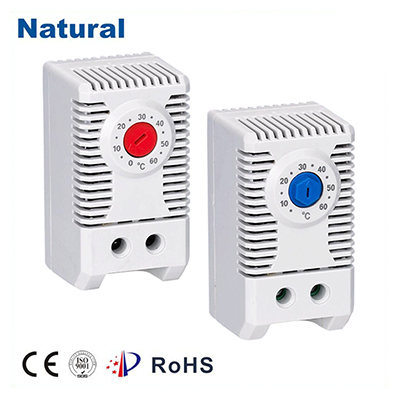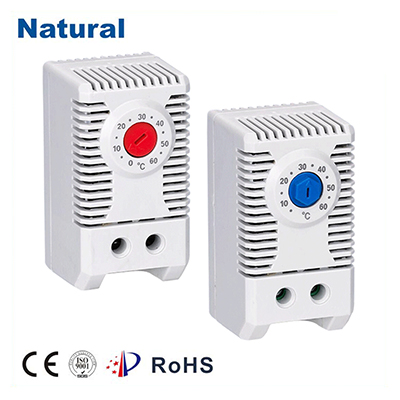A bimetal thermostat thermostat is a crucial device in various temperature control systems, commonly found in both household and industrial applications. This article delves into the mechanics of how bimetal thermostats work, their diverse applications, and the numerous benefits they provide.

What is a Bimetal Thermostat?

A bimetal thermostat operates based on the principle of thermal expansion. It consists of two different metals bonded together, which expand at different rates when heated. This bimetallic strip bends in response to temperature changes, activating an electrical switch that either opens or closes a circuit, thus regulating the temperature in a controlled environment. The construction of a bimetal thermostat typically includes a bimetallic strip, a temperature sensing mechanism, and an electrical switch. The bimetallic strip is the core component that reacts to temperature changes, while the switch controls the electrical current to a heating or cooling device. When the temperature rises, the strip bends, eventually triggering the switch to either turn off the heating element or turn on a cooling system.
